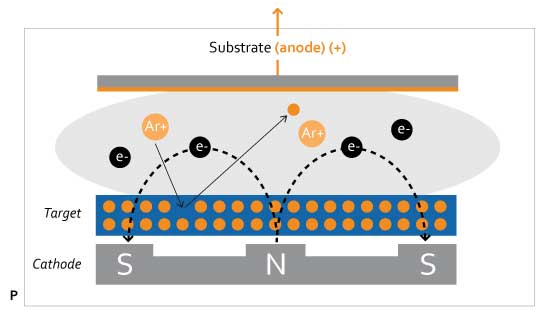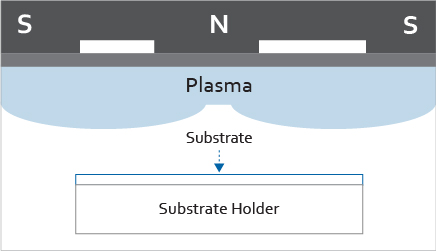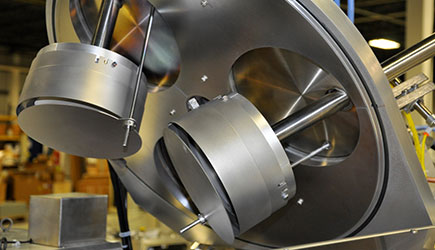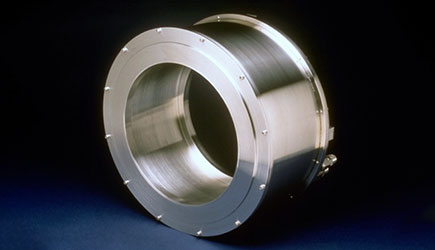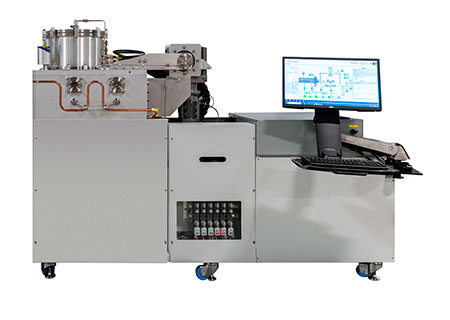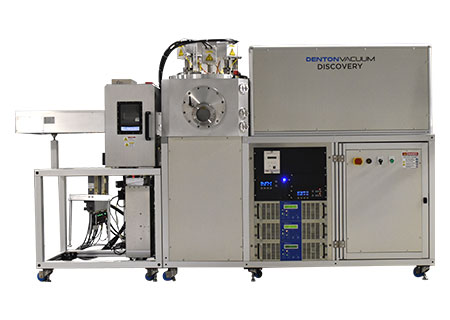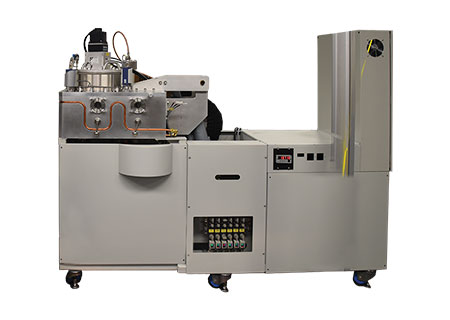Discovery Isoflux
The Discovery Isoflux uses inverted cylindrical magnetron sputtering, or ICM sputtering. ICM sputtering is a patented thin film deposition technique that coats flat, curved, and 3D substrates with unparalleled uniformity and follows the same process steps as conventional magnetron sputtering.
View Details